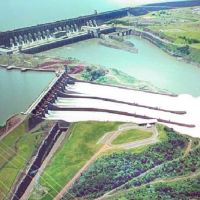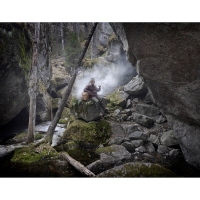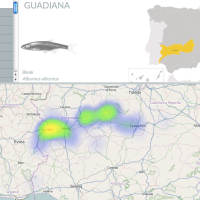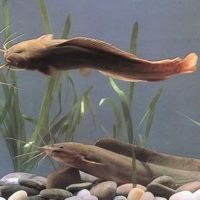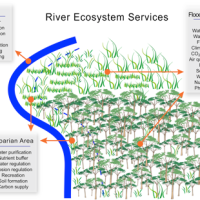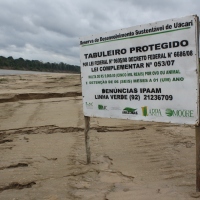Macrophyte recovery in eutrophic shallow lakes requires both internal and external restoration measures

Felbrigg Lake in Norfolk, UK – one of the shallow lake ecosystems in this study. Image: colinsd40 | Flickr Creative Commons
Shallow lakes are the most abundant freshwater ecosystems on earth, and are often characterized by abundant submerged vegetation, which can stabilize clear-water conditions and play a key role in ecosystem functioning. However, eutrophication – often caused by nutrient pollution – has caused increasingly cloudy water conditions in many shallow European lakes over the last century. In many places, such ‘turbid‘ lake waters have resulted in the loss of many submerged aquatic plant communities, which rely on light penetrating the water column to thrive.
Considerable environmental management efforts have been devoted to restoring clear-water conditions in shallow European lakes. However, the successful long-term establishment of stable and diverse aquatic plant (known by scientists as ‘macrophyte‘) communities often fails. As a result, macrophyte recovery patterns following the management of multiple stressors including nutrient pollution are yet to be fully understood.

A German shallow lake with extensive summer cyanobacteria blooms: a typical feature of the intermediate recovery phase during nutrient load reduction. Image: Sabine Hilt
A new open-access study published in Frontiers in Plant Sciences aims to unravel recovery patterns of macrophytes in response to different lake restoration measures. Lead author Sabine Hilt – senior scientist at the Leibniz-Institute of Freshwater Ecology and Inland Fisheries in Berlin – and colleagues from Germany, The Netherlands, Denmark, Sweden and the UK collected and analysed data on water quality and submerged macrophyte communities in 49 temperate shallow lakes.
All studied lakes had deteriorated to a turbid state, and subsequently were subject to either external or internal restoration measures (or both). External restoration measures generally involve the reduction of external nutrient pollution, whereas internal measures include biomanipulation or phosphorus precipitation in an attempt to control eutrophication blooms.
“Based on a few existing case studies, we hypothesized that reduced external nutrient loading would often lead to an intermediate recovery state with clear spring and turbid summer conditions, similar to the pattern described for eutrophication” states Sabine Hilt. Data collected from 21 different lakes supported their hypothesis. In many lakes, clear spring conditions allowed a re-colonisation of macrophytes, but the continuation of strong cyanobacteria blooms, and turbid summer conditions.

The ecological trajectories and management measures between turbid and stable clear state in shallow lakes. Infographic: Sabine Hilt and colleagues
This situation can be simulated using an adapted version of the ecosystem model PCLake. Model simulations indicate the existence of specific thresholds in nutrient loading for shifts between turbid, intermediate and clear-water conditions.
In contrast to external nutrient load reductions, lake internal restoration measures such as the manipulation of the fish stock often resulted in transient clear-water conditions both in spring and summer. This was shown using data from 28 different shallow lakes. Often, however, lakes returned to turbid conditions.
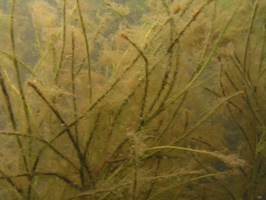
Sago pondweed (Potamogeton pectinatus) overgrown with periphyton in the recovery period following nutrient load reduction (photo: Sabine Hilt)
Interestingly, the contrasting restoration measures resulted in different macrophyte species compositions. The intermediate recovery state following reduced nutrient loading was mainly characterised by a few pondweeds that can resist wave action (allowing survival in shallow areas), germinate early in spring, have energy-rich vegetative propagules facilitating rapid initial growth, and can complete their life cycle by early summer. In contrast, internal lake restoration measures often coincide with a rapid but transient colonisation by hornworts, waterweeds or charophytes.
The authors conclude that the composition of the macrophyte community and their seasonal abundance in shallow lakes during recovery from turbid, highly eutrophic conditions often depends on remnant macrophyte stands, the specific restoration measure applied, and additional stochastic influences on water clarity such as winter fish kills, cormorant predation on fish or introduction of invasive filter-feeding mussel populations. In turn, the prevailing macrophyte community can influence lake water quality. Their study suggests that lasting macrophyte recovery in shallow lakes can only be achieved when internal restoration measures are combined with reduced external nutrient loading.






